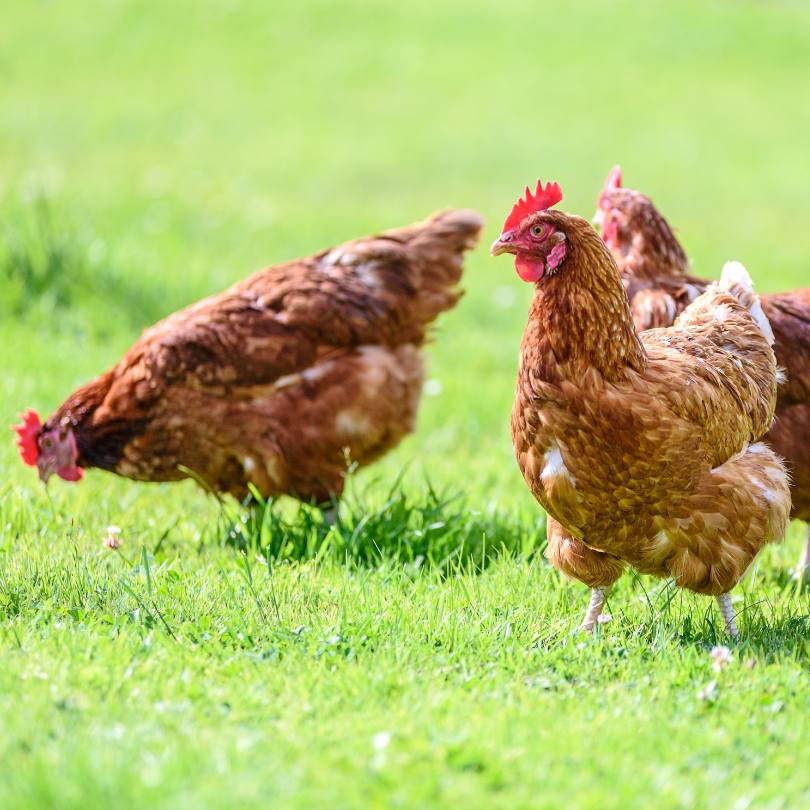The Compost Pile Explained
There is a difference between soil creation and a moldering heap.
Composting is a process that works to speed up the natural decay of organic material by providing the ideal conditions for detritus-eating organisms to thrive. Microorganisms are vital to the composting process and are found everywhere in the environment, but the key to effective composting is to create an ideal environment for the microorganisms to thrive. Air is essential – good thing we’ve got a lot of wonderful fresh air here in the islands!
There are three main stages in the composting cycle with stage 1 being only a couple of days long. Mesophilic microorganisms that thrive in about 68 to 113 degrees Fahrenheit (F) begin to physically break down biodegradable waste compounds. Heat, a natural byproduct during this first stage, can quickly rise to over 104 degrees F.
In stage 2, thermophilic microorganisms, which thrive in the increased temperatures, take over and can last in the pile from a few days to several months. They work to break down proteins, fats and complex carbohydrates into finer particles. Adding aging green matter, such as cut grass, to a new compost pile can help the process begin to heat up.
During the 2nd stage, temperatures continue to rise but, if the compost pile gets too hot, it may kill off all of the helpful microorganisms. Try starting the pile on branches for aeration, having a layer of straw to attract earthworms, or turning over the compost pile help keep temperatures below about 149 degrees F. In addition, these practices can also add new sources for the thermophilic microorganisms to break down. After 1-3 months, the thermophilic microorganisms will begin to use up the available supply of the organic compounds and temperatures will begin to drop.
Re-enter those mesophilic microorganisms (Stage 3) to resume control of the compost pile to do a final breaking down the remaining organic matter .
Voila! Useable humus. Now get out there and start composting (if you haven’t already started).

